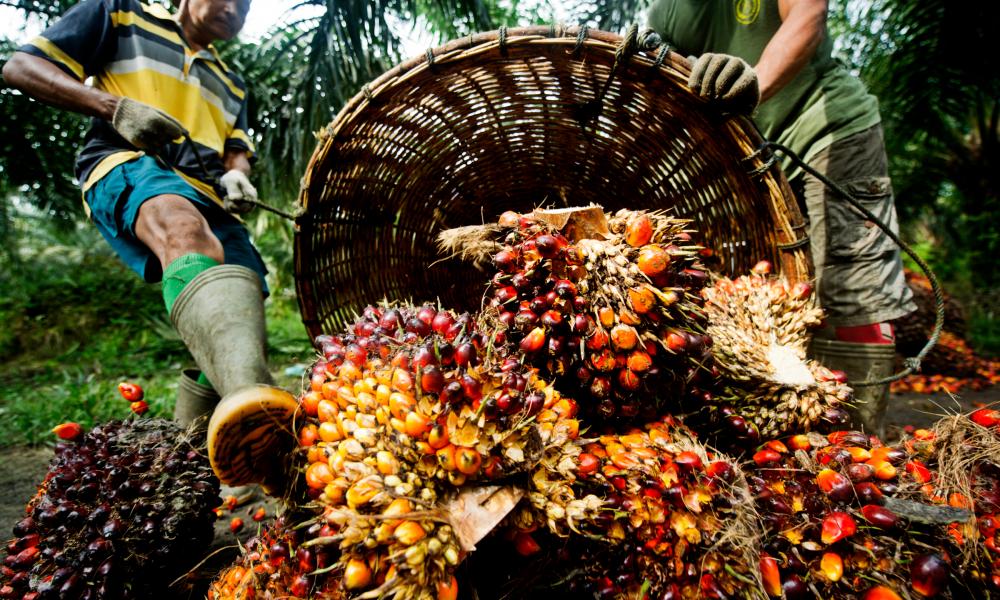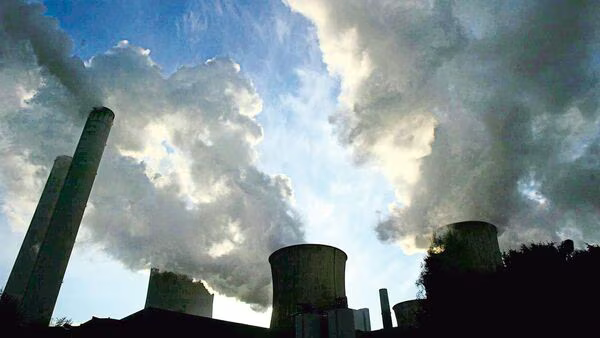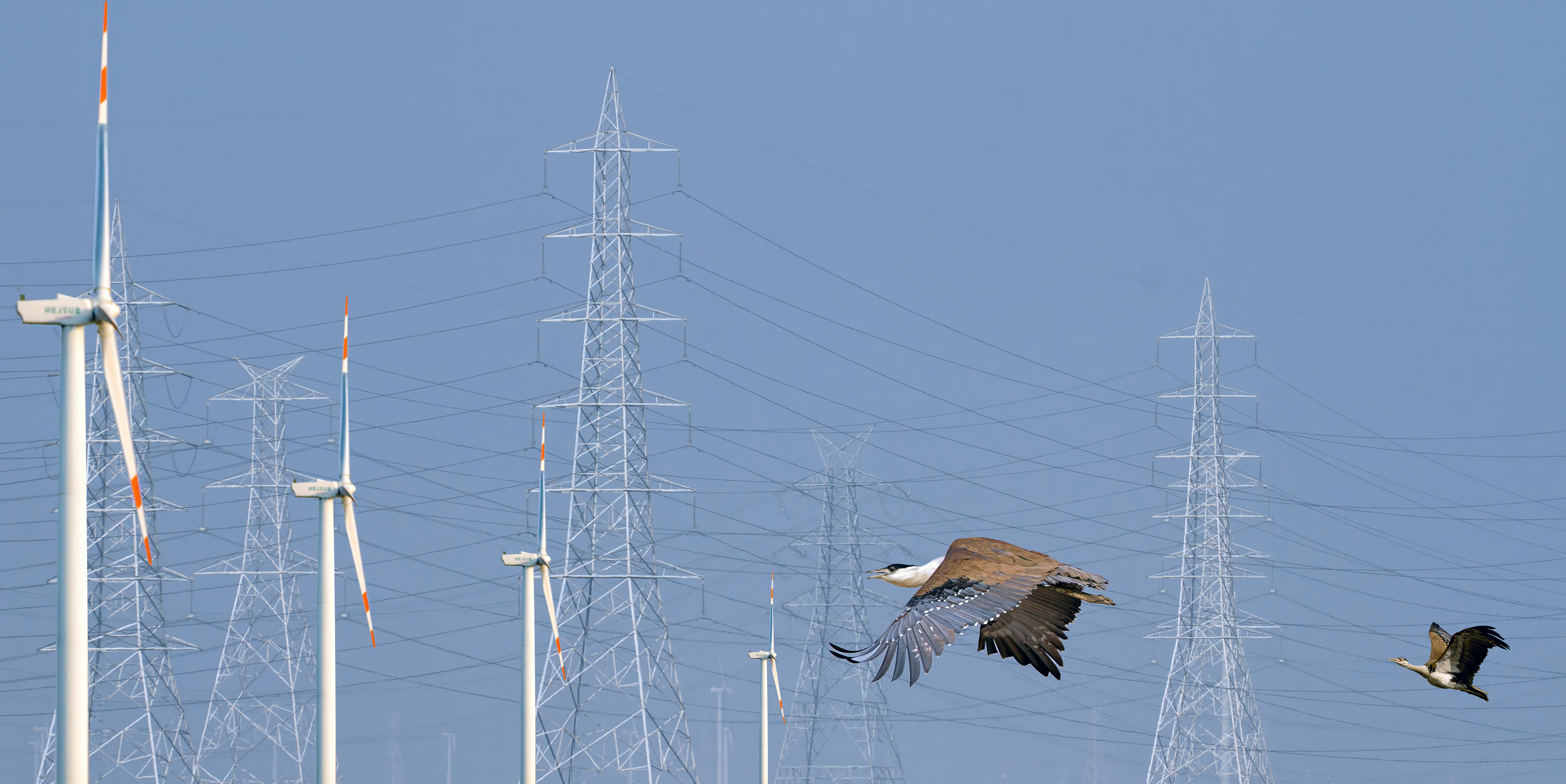
Charting a Sustainable Course for India’s Oil Palm Expansion
Analysing gaps in India’s existing legislation for environmental protection
India is the world’s largest importer of oil palm. In 2020 alone, India spent close to Rs. 1000 crores importing roughly 5.64 lakh tonnes of oil palm. The current consumption level of oil palm in India is 19 kg per person and is expected to rise further. It is used in nearly 50% of packaged products ranging from food to cosmetics worldwide. Targeting this rise in domestic demand, and with the intention of reducing the country’s dependence on imports, the Government of India announced a Rs. 11,040 crore scheme called, the “National Mission on Edible Oils- Oil Palm” (NMEO-OP) in August 2021.
Global studies on oil palm cultivation depict deforestation, land degradation and habitat loss as its prominent ecological impacts. These impacts are addressed by the bulk of India’s environmental legislation,(such as the Wildlife Protection Act, 1972 and the Forest Conservation Act, 1980). However, are these regulatory measures sufficient to tackle the scale of anticipated impacts arising from India’s new oil palm expansion scheme in the ecologically sensitive regions of the north-east and the Andaman and Nicobar Islands (ANI)?
India is not new to the cultivation of oil palm. The Government of India supported its cultivation under various schemes starting with the Oil Palm Development Programme (OPDP) in 1999-2000 to the launch of National Mission on Oilseeds and Oil Palm (NMOOP) in 2012-2017 (which was implemented in 13 states). The new NMEO-OP scheme outlines the government’s ambitious vision of expanding oil palm cultivation from 0.37 million hectares to 1 million hectares in the north-east and the Andaman and Nicobar Islands (ANI), both of which are ecologically fragile landscapes and globally identified biodiversity hotspots.
The massive economic and non-economic costs of importing oil palm would suggest that the government’s efforts to expand its cultivation are logically sound. However, given the ecological catastrophe that resulted from oil palm expansion in Indonesia and Malaysia, this policy raises sustainability concerns here in India.
What was India’s prior experience with oil palm cultivation in the north-east and ANI?
Oil palm as a driver of deforestation and habitat loss:
The history of oil palm as a major driver of deforestation is well-documented in the context of Indonesia and Malaysia- the largest producers of oil palm in the world. Oil palm development accounted for 47% of deforestation from 1972 to 2015 in Malaysia and 16% of forest loss in Indonesia.
In India, oil palm cultivation was already happening in full swing in the north-eastern states and it specifically targeted the unique ecosystems of the Himalayan and Indo-Burmese biodiversity hotspots. Under the NMOOP, Mizoram took the lead by planting 28,295 hectares of oil palm by 2018, followed by Assam, Arunachal Pradesh, Nagaland, and Tripura. Mizoram’s New Land Use Policy of 2008 also promoted ‘settled’ cultivation of agri-horticultural and plantations such as oil palm, as opposed to the shifting (jhum) cultivation practised in the region. This drastically reduced endemic plant and animal biodiversity. The International Union for Conservation of Nature (IUCN) cautioned that if oil palm further expands into tropical regions, some 270 million hectares of biodiversity hotspots could be threatened, and 39%, 64%, and 54% respectively of all threatened amphibians, birds and mammals affected.
In the ANI, the first push for oil palm cultivation came in the 1970s when Little Andaman got its first oil palm project of over 2400 hectares sanctioned. The degrading impacts of this project were highlighted as a major concern by the Shekhar Singh Commission on Forest and Allied Matters in the ANI, constituted by the Supreme Court under TN Godavarman v. Union of India & Ors. This commission’s report became the basis for the Supreme Court’s ban on non-native plantations on forest lands in 2002. The report recommended the phasing out of non-native monoculture plantations on the islands by documenting the negative ecological impacts of oil palm monocultures on soil productivity, hydrological cycles, and the introduction of exotics and pests. In 2019, the ANI administration approached the Supreme Court to reconsider the ban based on a feasibility report submitted by the Indian Institute of Oil Palm Research (IIOPR) which declared the climate and soil conditions in the ANI as ideal for the growth of oil palm. The matter remains pending in court even today.
Against this backdrop, the NMEO-OP announced its vision to expand oil palm cultivation in the north-east and the ANI.
Oil palm as a water-guzzler crop:
Estimates show that for a good harvest, each palm tree requires about 250 litres of water every day, and that the recommended number of palm trees is 56 trees per acre. With approximately 27% of villages in Eastern Himalayan states dependent on spring water, and increasing evidence of declining rainfall trends in the north-east, the sustainability of palm-oil expansion under the NMEO-OP in the north-east should be called to question. India’s experience with oil palm cultivation in water scarce regions was well-depicted in the context of Andhra Pradesh and Tamil Nadu where farmers complained of a 60% drop in groundwater tables due to the excessive use of tubewells.
Are the existing legal measures sufficient to address potential negative ecological impacts arising from the NMEO-OP?
As an activity with potential environmental impacts, the Environmental Impact Assessment (EIA) Notification, 2006 should be the foremost legal safeguard against the impacts of oil palm expansion. However, the activity is oddly not covered under the purview of the Notification. Despite a mandate under the Biological Diversity Act (BDA), 2002 to undertake an impact assessment of projects “likely to have adverse effect on biological diversity, with a view to avoid or minimise such effects”, there is little evidence of this provision being complied with.
Forest Diversions
Oil palm cultivation, if undertaken on forest lands, would require permission from the Ministry of Environment Forests and Climate Change (MoEFCC), under the Forest (Conservation) Act (FCA), 1980. However, given the government’s questionable track record with forest clearances, (rejecting less than 1% of clearances sought between 2014-202) one can argue that the FCA does not guarantee the protection of forest lands from diversion. While the FCA also mandates compensatory afforestation for the forest lands diverted, the manner of its implementation has often defeated its logic. This was seen in the case of the MoEFCC’s notification in 2019, allowing states and union territories with over 75% of their land under forest cover to undertake compensatory afforestation in other states. Accordingly, the governments of Goa and ANI began to claim degraded non-forest lands in their neighbouring states, and started perpetuating a farcical replacement of unique, endemic forest ecosystems with monocultures.
Another issue of high relevance particularly for the north-east and the ANI is the diversion of unclassified forests-home to several traditional forest dwelling communities- for the cultivation of oil palm which is governed under the Forest Rights Act, 2006. The Act offers scope for protecting forest tribes and other communities in the north-east and ANI from displacement due to oil palm expansion projects. However, the recent denotification of the Onge Tribal Reserve in February 2021, to divert land for an upcoming mega-city project in Little Andaman, once again raises concerns regarding the efficacy of these legal safeguards. The promises of the ANI administration for compensatory re-notification of the tribal land have not yet materialised.
Protection of Eco-sensitive zones and Critical (Non-Wooded) Ecosystems:
The expansion of oil palm affects not only protected areas (PAs) but also the forests and habitats surrounding these PAs that serve as connecting corridors or transition/buffer zones, known as Eco-sensitive Zones (ESZs). According to the ESZ Guidelines, 2011, oil palm cultivation would require the prior permission of the ESZ Committee for that particular area. However, the MoEFCC set a problematic precedent for the protection of such zones by recently approving “near-negligible” ESZs around the Galathea National Park and Campbell Bay National Park in Great Nicobar, which gives the island administration a green signal to use these ESZs as free trade zones for port development activities to implement NITI Aayog’s proposal for a “holistic development” of the ANI.
The oil palm expansion scheme exposes another gap in the fabric of India’s environmental legislation, which relates to the protection of non-wooded habitats such as grasslands, which are crucial for the survival of several endangered species. This is due to the misconception that grasslands are empty, unproductive and barren. Given the neglected state of grasslands in India, any decision to divert them for oil palm expansion, as supported by the feasibility report of the IIOPR, must be based on utmost caution.
Similarly, peatlands which are terrestrial wetland ecosystems in which waterlogged conditions prevent plant material from fully decomposing, are often drained to support agricultural activities such as oil palm cultivation. Although guaranteed protection under the Wetland (Conservation and Management) Rules, 2017, it applies only to Ramsar sites (wetlands of international importance notified under Ramsar Convention). In order to protect peatlands from getting drained to support oil palm, they should also be notified under the Wetland Rules on a priority basis in the north-east and ANI.
Conclusion: What are sustainable pathways for implementing NMEO-OP?
The above account suggests that despite the presence of a regulatory framework, the ecological implications of the proposed oil palm expansion scheme are bound to fall through the cracks. Building on the lessons learnt from oil palm cultivation at global and national levels, the following recommendations might be considered by the government, for a sustainable implementation of the NMEO-OP, to address the concerns flagged in the previous sections.
Strategic Environmental Assessment (SEA) of the NMEO-OP:
In the absence of a mandate for EIA under law, the planned expansion of oil palm plantation under the NMEO must undergo an SEA. An SEA differs from an EIA in that the latter is project-specific while the former occurs at the level of decision making where there is a far greater scope to integrate environmental considerations into the larger policy, and their consequent plans and programs. The NMEO-OP, being recently announced, is still at the planning stage which is ideal for an SEA to incorporate safeguards for forest and non-forest ecosystems.
In this regard, regional level mapping should also be undertaken demarcate areas favourable for oil palm cultivation based on climatic conditions, rainfall, water balance, land profile and biodiversity. Local tribes and communities of the north-east and ANI, and their institutions should be given adequate representation and meaningful opportunities to participate in determining the demarcation of lands for oil palm expansion in these regions.
Upholding India’s international commitments towards biodiversity and forest conservation:
India developed its National Biodiversity Action Plan (NBAP) in 2008 and National Biodiversity Targets (NBTs) in an attempt to implement its commitments under the UN Convention on Biodiversity and its Aichi Biodiversity Targets. Some of the action points under the NBAP, such as “the protection of areas of high endemism of genetic resources”, “conservation of ecologically sensitive areas which are prone to high risk”, should be implemented by the central and state biodiversity boards in the north-east and ANI.
Also pertinent in this regard, are India’s commitments under the United Nations Strategic Plan on Forests (UNSPF) 2017-2030, to restore 26 million hectares of forests by 2020. However, India’s recent move to refrain from signing the Glasgow Leaders’ Declaration on Forests and Land Use at COP 26, which included commitments to remove deforestation from the global trade of food and other agricultural products such as oil palm, soya and cocoa by 2030, raises concerns regarding India’s management of deforestation likely to arise under the NMEO-OP.
Sustainable Certification of Oil Palm:
Procedural transparency in implementing oil palm cultivation will be an important issue in the implementation of the NMEO-OP. The global certification standard provided by the Roundtable on Sustainable Oil palm (RSPO) launched in 2004 is known to have brought down deforestation by 33% in Indonesia by 2018. Recognising and endorsing the RSPO certification schemes through appropriate policies is of great importance to India. New and emerging digital tools such as Palmoil.io are attempting to improve supply-chain transparency of oil palm cultivation by providing a database of high-risk mills and flagging them to buyers and traders sourcing oil palm from such mills, to alter their vendors to more sustainable sources. Such platforms could serve as an effective governance tool to improve sustainability of oil palm cultivation in India.
In conclusion, India’s latest push for oil palm expansion is understandable in light of its urgency to reduce the oil palm import costs and be self-sufficient in oil palm production. However, basing the implementation of the NMEO-OP solely on financial considerations spells disaster for the socio-ecological systems of the north-east and ANI.
All views are personal.
The author would like to acknowledge Mridhu Tandon’s support with research.



